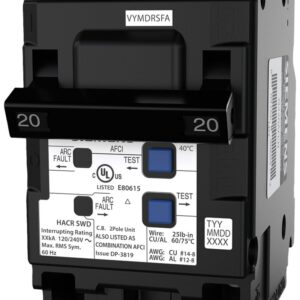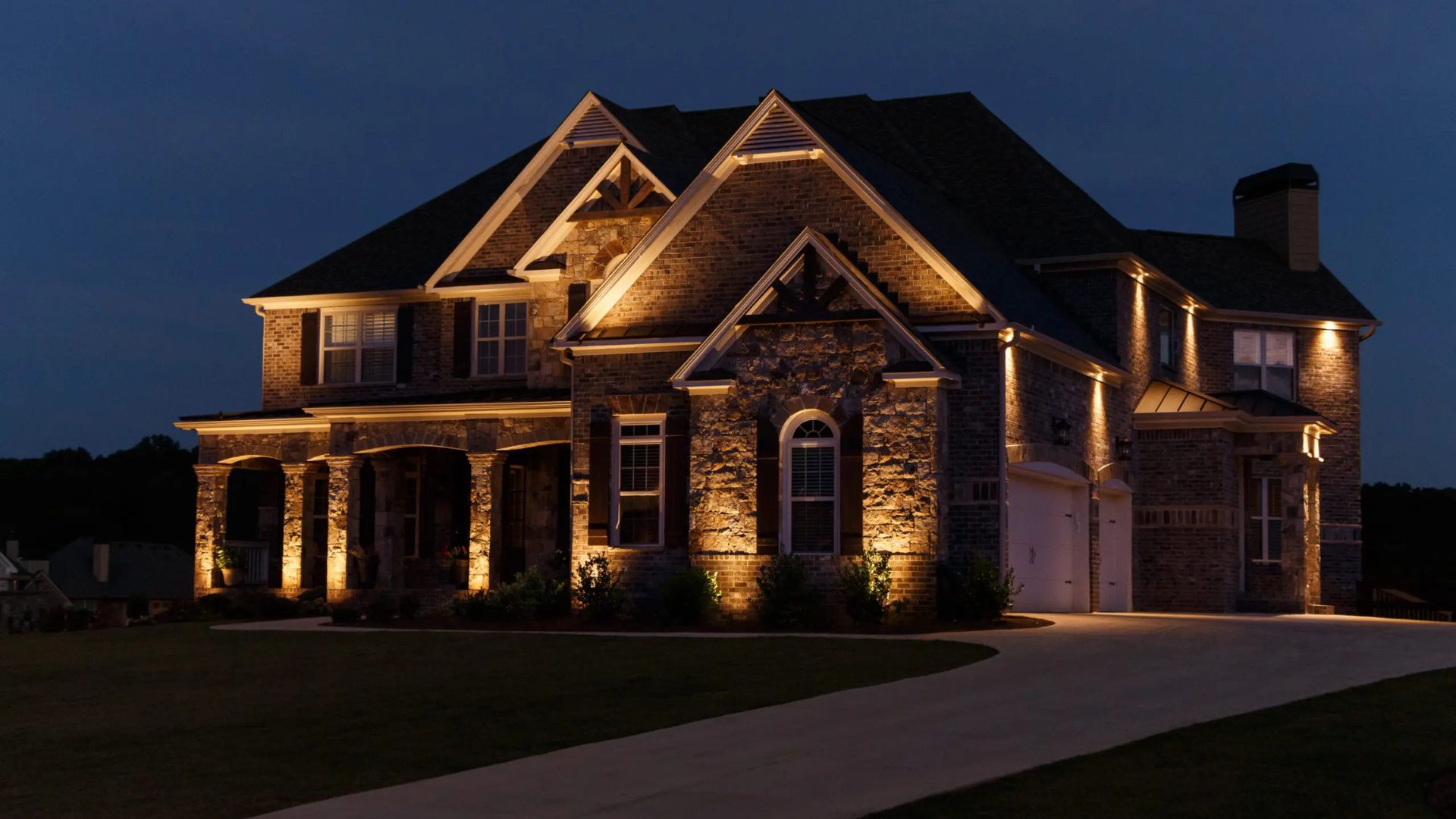Contents
- AFCI Breakers: Keeping Your Home Safe From Electrical Fires
- Sparks Fly, But They Shouldn’t
- What Is an AFCI Breaker?
- How Do AFCI Breakers Work?
- Where Are AFCI Breakers Required?
- Why Colorado Homes Benefit From AFCIs
- Types of AFCI Breakers
- Common Questions About AFCI Breakers
- Why Choose The Electricians for AFCI Installation in Colorado
- Upgrade to AFCI Breakers Today
AFCI Breakers: Keeping Your Home Safe From Electrical Fires
Sparks Fly, But They Shouldn’t
If you have ever seen a spark leap across a damaged cord or outlet, you know how fast things can go from normal to dangerous. Arc faults, those tiny, unexpected sparks in your electrical system, are one of the leading causes of electrical fires in homes. That is where AFCI breakers step in.

At The Electricians, we like to think of AFCI breakers as your home’s fire-prevention superheroes. They are not flashy (well, except when they prevent flashes), but they work behind the scenes to protect your family, your home, and your peace of mind.
And because we are a family-owned company right here in the Denver metro area, we treat your home like it is our own.
What Is an AFCI Breaker?
AFCI stands for Arc Fault Circuit Interrupter. These devices are designed to detect dangerous electrical arcs that could lead to fires. Unlike standard breakers, which only trip when there is an overload or short circuit, arc fault breakers monitor the electrical waveform.
If they sense irregular patterns that indicate sparking, they shut the circuit down immediately.
Think of it as the difference between a smoke alarm and a fire extinguisher. Regular breakers react when flames are already burning (overloads). AFCIs catch the subtle signs before sparks can turn into flames.
How Do AFCI Breakers Work?
AFCI breakers constantly monitor the flow of electricity in your wiring. When damaged wires, loose connections, or old outlets cause arcing, the breaker identifies the irregular pattern and cuts power instantly.
For example:
- Normal use: Plugging in your toaster, lights come on, no problem.
- Arc fault: That old lamp cord under your couch gets pinched, creating tiny sparks you cannot see. The AFCI breaker detects it and shuts off the power before the sparks catch nearby fabric.
It is advanced protection that goes beyond what traditional breakers can do.
Where Are AFCI Breakers Required?
This is one of the most common questions homeowners ask us: “Where do I need AFCI breakers?”

According to the National Electrical Code (NEC), AFCIs are required in most living spaces, including:
- Bedrooms
- Living rooms
- Family rooms
- Dining rooms
- Sunrooms
- Closets
- Hallways
In Colorado, new construction and major renovations must follow these requirements. Older homes may not have AFCIs at all, which leaves them at a higher risk of electrical fires. That is why upgrading is such a good idea, especially in Denver’s many older neighborhoods.
Why Colorado Homes Benefit From AFCIs
Our Colorado climate can be tough on electrical systems. Seasonal temperature swings, dry air, and older wiring in historic Denver homes can create more opportunities for arcing.
Installing AFCI breakers helps prevent electrical fires in these environments, giving homeowners an extra layer of protection.
Plus, if you are planning to sell your home, having AFCIs in place can boost your electrical system’s safety rating during a home electrical inspection. (Yes, that is one of our other services we can help you with!)
Types of AFCI Breakers
Just like not all superheroes wear capes, not all AFCIs are the same. Here are the most common types:
- Combination Type AFCI: Provides protection against both parallel arcs (between wires) and series arcs (along a single wire).
- Branch/Feeder AFCI: An older type, now less common, that mainly detects parallel arcs.
- Dual Function AFCI/GFCI: Combines arc fault protection with ground fault protection—ideal for areas where moisture and fire risks overlap.
If you are wondering which type you need, our electricians can walk you through the options. For example, if you need a 20 amp AFCI breaker for your kitchen or a Siemens AFCI circuit breaker for your panel, we will make sure you get the right fit.
 Common Questions About AFCI Breakers
Common Questions About AFCI Breakers
Where do I need AFCI breakers in my home?
Most living spaces now require AFCI protection under the NEC. Bedrooms, family rooms, hallways, and dining areas all fall under this rule.
How much do AFCI breakers cost?
While AFCI breakers cost more than standard breakers (typically $35–$60 each), the investment is small compared to the cost of fire damage. Installation costs vary, especially if your panel needs upgrades.
How do AFCI breakers work differently from GFCIs?
- AFCI: Protects against fire hazards from electrical arcs.
- GFCI: Protects against electrical shock in wet areas.
- Some breakers combine both, giving you the best of both worlds.
Are AFCI breakers required in Colorado?
Yes—any new construction or major renovation in Colorado must follow the NEC, which requires AFCI protection in many living areas.
Why Choose The Electricians for AFCI Installation in Colorado
At The Electricians, we are not just here to swap out breakers. We are here to:
- Make sure your electrical system is code-compliant
- Protect your home from the risk of electrical fires
- Provide you with peace of mind knowing your wiring is safe
As a family-owned business, we care about our community. We live and work here, so when we install AFCI circuit breakers, we do it like we are protecting our own homes. And with decades of combined experience, we know Colorado homes inside and out.
Upgrade to AFCI Breakers Today
Do not wait until sparks start flying. If your home does not have AFCI protection, now is the perfect time to upgrade.
Whether you are curious about costs, code requirements, or how to make your panel safer, we can help.
Schedule your free estimate today with The Electricians, Colorado’s trusted experts in electrical safety.
Related Posts
If you enjoyed reading this, then please explore our other articles below:








